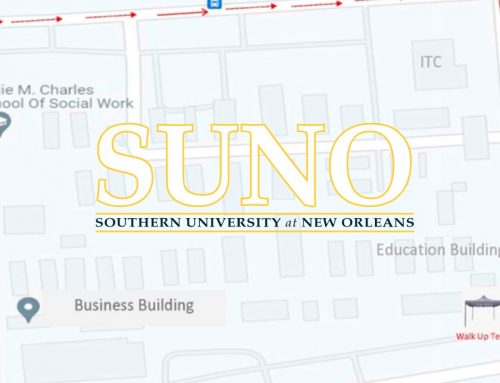…not new neighbors and higher taxes
Disadvantaged neighborhoods have distinct physical and social characteristics that contribute to health disparities in the US. Factors such as neighborhood safety, density, cleanliness, and social cohesion are all linked to the health status of residents in a given community. For example, high-poverty neighborhoods like Treme-New Orleans, home of The Lab by TECHPLUG, are associated with a higher probability of depression, anxiety, and substance abuse disorders. Stressors like drug trafficking, violence, and social isolation make it difficult to create an environment that can be protective against common mental health issues.
Low-poverty areas on the other hand, like Lakeview-New Orleans, are associated with improved physical and mental health. Neighborhood conditions including collective pride, social cohesion, and economic opportunities foster health-promoting behaviors within the community. Researchers have tested the impact of neighborhood environment on the physical and mental health of residents based on data from the Moving to Opportunity (MTO) program. After transitioning from high-poverty to low-poverty neighborhoods, participants reported experiencing fewer stressors associated with poor health outcomes in high-poverty neighborhoods. The results from this study are very encouraging and informative for policymakers and stakeholders concerned with the health status of impoverished peoples. The challenge is creating these health-promoting environments in a way that empowers current residents and protects them from the indirect consequences of community improvement– such as those seen in gentrification.
Gentrification has the potential to improve health outcomes for current residents, by bringing educational, economic, and health-promoting opportunities to impoverished communities. However, gentrification comes with some indirect consequences— namely the dissolution of social capital. Social capital is defined as the relationships among people that facilitate coordination and cooperation for collective benefit. Social networks, attitudes of trust, reciprocity, and shared norms help maintain the social support system many older adults depend on for successful aging in place. Gentrification tends to disrupt this fabric, subjecting lifelong community members to social isolation and other mental health issues. Some elect to leave– feeling foreign in their own homes, some are forced out due to economic pressure, and many move back into high poverty areas, starting the cycle over again.
Addressing the physical and social characteristics of disadvantaged neighborhoods is an important first step to achieving health equity in the US and a focus of the work done here at techPLUG.

